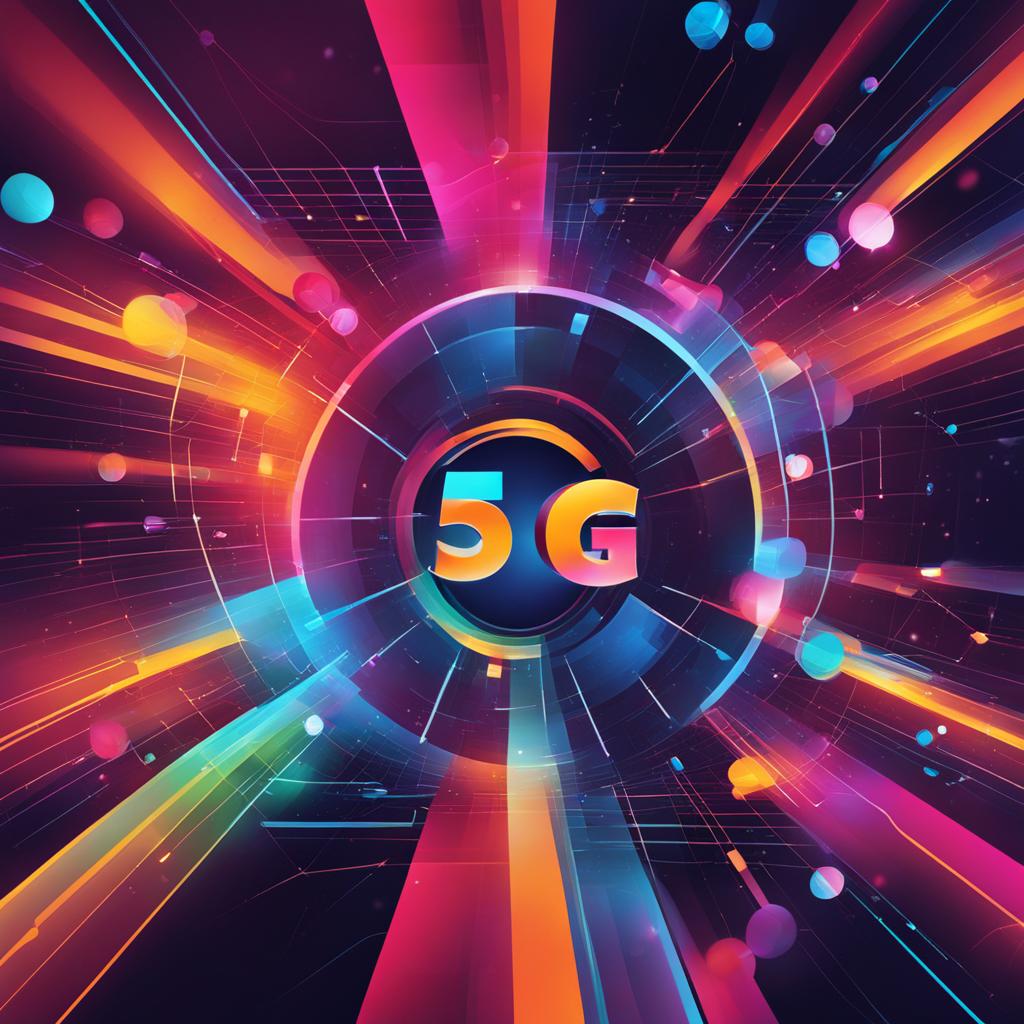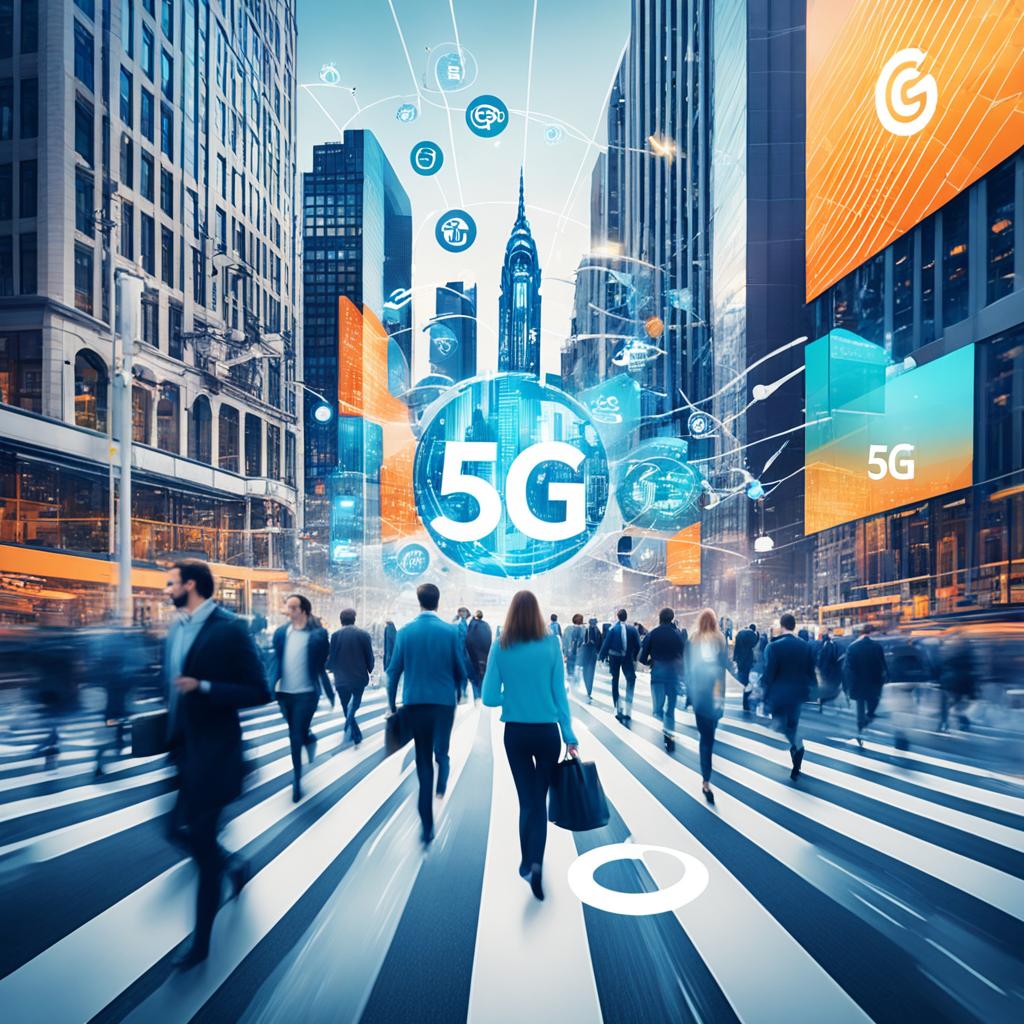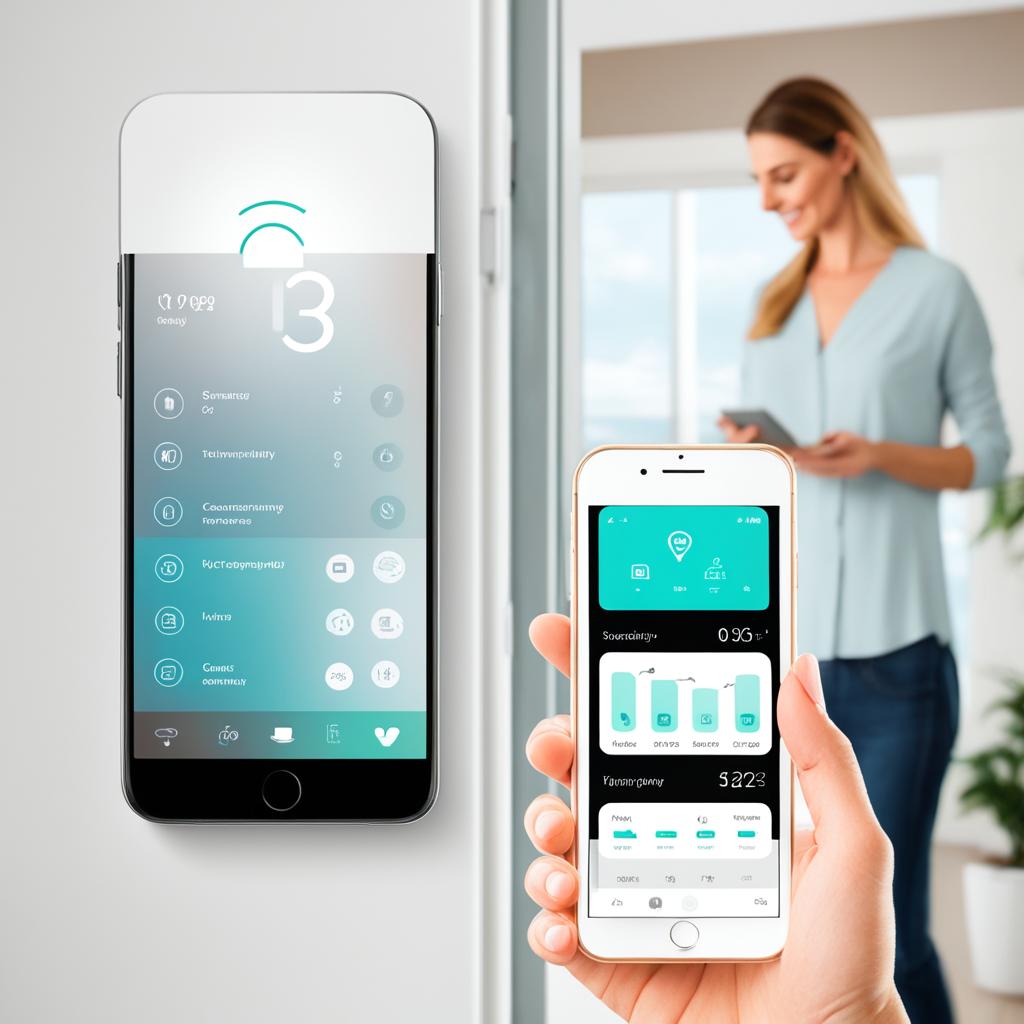A fifth generation of mobile technology, known as 5G, is revolutionizing the technology industry and impacting the way we connect and interact with mobile devices. 5G offers significantly faster connection speeds, lower latency and an ability to support a multitude of simultaneously connected devices. With 5G, we can expect significant advances in industry, healthcare, entertainment and many other areas. A 5G technology is being implemented in countries around the world and has the potential to fundamentally transform the way we live, work and communicate.
Main points covered:
- 5G offers faster connection speeds It is lower latency.
- A 5G technology supports multiple devices connected simultaneously.
- 5G brings significant advances in several areas, such as health and entertainment.
- The rollout of 5G is taking place in several countries around the world.
- 5G has the potential to transform the way we live, work and communicate.
What is 5G?
5G is the fifth generation of mobile technology, succeeding 4G. As a result of this evolution, 5G offers significantly faster connection speeds compared to 4G, with the ability to achieve up to 10 to 100 times faster connection speeds. Furthermore, 5G seeks to reduce latency to fractions of seconds, providing a practically real-time communication experience. In addition to high connection speeds and lower latency, 5G offers advanced features and functionalities, such as network slicing, spectral efficiency, Massive MIMO (Multiple Inputs and Multiple Outputs) and beamforming.

5G is a revolutionary technology that is transforming the way we communicate and interact with mobile devices. With faster connection speeds, 5G enables faster internet browsing, allowing content to be downloaded and uploaded at high speed. Furthermore, 5G's lower latency makes communications more responsive and fluid, which is especially important in applications that require fast response times, such as online games and virtual reality.
5G offers a series of advanced features and functionalities that boost its ability to support a large number of simultaneously connected devices, such as network slicing, which allows the creation of independent virtual networks in a single 5G system, and Massive MIMO, which uses multiple antennas to maximize system efficiency and capacity.
With 5G, it is possible to expect a revolution in several sectors, such as industry, health, transport and many others. The speed and reliability of 5G will enable the development of innovative solutions, such as autonomous cars and remote surgeries. Furthermore, 5G's fast and stable connection will drive the growth of emerging technologies such as Internet of Things (IoT) and artificial intelligence.
Complementary technologies
A 5G technology it is related to other complementary technologies, such as Wi-Fi 6 and Open RAN. Wi-Fi 6 is a wireless communication technology that aims to improve and optimize the connectivity in different environments, for both home and business use.
The combination of 5G and Wi-Fi 6 provides a connectivity continuous and enhanced, allowing automatic switching between the two technologies depending on signal availability and quality.
Open RAN, also known as O-RAN, is a network architecture that seeks to make telecommunications services more flexible and accessible, allowing the selection of components best suited to the needs of each operator.
The combination of 5G and Open RAN enables greater efficiency and innovation in the orchestration of the 5G network.
See too:
These complementary technologies bring significant benefits to the implementation and development of 5G technology.
Wi-Fi 6 improves connectivity and enables a more fluid experience for mobile devices, while Open RAN allows for greater flexibility and innovation in the network.
With the combination of these technologies, it is possible to offer fast, stable and high-quality connectivity, thus boosting the development and improvement of applications and services made available by 5G technology. The use of Wi-Fi 6 in conjunction with 5G allows for broader and more efficient coverage, offering a more satisfactory mobile internet experience for users. Likewise, O-RAN enables an evolution in the network infrastructure, making it more flexible and open to the adoption of new technologies and solutions.
Advantages of combining 5G and Wi-Fi 6
- Greater coverage and range of the 5G network through Wi-Fi 6;
- Automatic switching between Wi-Fi 6 and 5G depending on signal quality;
- Improved user experience through a faster and more stable hybrid connection;
- Increased network capacity due to integration between technologies.
Advantages of combining 5G and Open RAN
- Greater flexibility in the deployment and expansion of the 5G network;
- Possibility of selecting the most suitable components for the needs of each operator;
- Innovation in 5G network orchestration;
- Reduction of infrastructure and network operation costs.
The impact of 5G on society
5G promises to bring as big an impact as the first industrial revolutions. With 5G, it is possible to create an increasingly connected world, integrating machines and humans. 5G technology will enable the development of smart cities, where the Internet of Things collects data in real time, enabling the integration of mobile devices, sensors, connected cars, home appliances, data centers and more.

The connectivity provided by 5G will be essential to boost the creation of smart cities, where urban infrastructure will be connected and optimized to improve citizens’ quality of life. With 5G, it will be possible to improve resource management, traffic monitoring and control, the provision of more efficient public services and the implementation of advanced security systems.
A Internet of Things (IoT) will be driven by 5G, allowing mobile devices to be connected to an integrated network, sharing data and improving the efficiency of everyday tasks. Machines and humans will be able to interact more efficiently, facilitating the automation of processes and the creation of new business models.
5G has the potential to improve people's quality of life and drive the development of new businesses and innovations.
Furthermore, 5G provides faster data upload and download speeds, low latency and greater availability for connecting devices simultaneously, which will completely transform the way we live, work and play. The speed and stability of 5G will open doors to new possibilities, such as immersive virtual and augmented reality experiences, real-time online gaming, and instant, high-quality communications.
In summary, the impact of 5G on society will be immense, enabling the creation of an increasingly connected, efficient and intelligent world, where machines and humans will work together to drive innovation and improve quality of life.
How 5G can improve teaching
5G has the potential to revolutionize the education sector, providing significant advances in Internet access and the quality of teaching. With the implementation of 5G, schools will have the ability to offer a high-speed and quality connection to students, allowing the transmission of videos and audios with greater clarity and improving interaction between teachers and students, even during online classes.
O Internet access quality is essential for students to research, explore and deepen their knowledge. With 5G, schools will be able to overcome current infrastructure limitations, providing a more dynamic and enriching learning experience.
In addition to Internet access improved, 5G enables the use of innovative technologies, such as virtual rooms, augmented reality and mixed reality, to create immersive learning environments. To the virtual rooms allow students to interact with educational content in a more interactive and engaging way, placing them at the center of the learning process.
Virtual classrooms: Education beyond the classroom
To the virtual rooms are one of the possibilities offered by the 5G in teaching. These rooms allow students to participate in classes and educational activities through online platforms, connecting with teachers and classmates virtually. With the ultra-low speed and latency of 5G, it is possible to have a classroom experience closer to in-person, even remotely.
Furthermore, 5G makes it possible to use augmented reality On education. A augmented reality allows students to explore content interactively, viewing additional information about objects and places in real time. This enriches the educational experience, making it more engaging, practical and visually stimulating.
5G also supports the development of digital skills in students. With technologies available through 5G, students have the opportunity to learn and practice essential digital skills for today's world, such as searching for information online, responsible use of technology and digital collaboration.
The implementation of 5G in teaching It can provide a transformation in the way students learn, making education more accessible, dynamic and relevant to the constantly evolving digital society.
However, the implementation of 5G in teaching it presents challenges in relation to infrastructure and teacher training in digital skills. It is necessary to invest in updating and expanding the school infrastructure to ensure a quality connection in all classrooms. Furthermore, teachers need to receive adequate training to use the new technologies and resources available.
5G has the potential to transform education, providing more inclusive, personalized teaching and aligned with the demands of the digital society. The implementation of 5G in education is an important step towards building a more connected, innovative and empowering educational future for all students.

| Benefits of 5G in teaching | Challenges of implementing 5G in education |
|---|---|
|
|
The progress of 5G implementation in Brazil
Brazil has done significant progress in the implementation of 5G. Currently, there are already around 10 million users in the country and more than 150 Brazilian cities are being served by 5G technology.
The model of implementation of 5G adopted by Brazil It has attracted the attention of neighboring countries and other continents, such as Latin America and Africa, which are interested in learning from the Brazilian experience.
However, the implementation of 5G in Brazil also faces challenges, like the high cost and regulatory issues. Furthermore, it is necessary raise awareness among the population about the benefits of 5G, as many people are still unfamiliar with this technology.
Progress of 5G implementation in Brazil
| Number of Users | Cities Served | International Interest |
|---|---|---|
| 10 million | 150+ | Neighboring countries and other continents |
Conclusion
The implementation of 5G technology is revolutionizing the technology industry and positively impacting Brazil. With 5G, we can expect significant advances in several sectors, such as health, education, entertainment and much more. Brazil is at the forefront of 5G implementation, awakening interest from other countries and demonstrating the potential of this technology to transform society.
Even facing challenges, the future of 5G in Brazil is promising and has the potential to exponentially improve our quality of life. With the advancement of technology, we can expect a Brazil that is increasingly connected, efficient and innovative. 5G offers a high-speed connection that will allow the expansion of services and the creation of new business opportunities. Furthermore, the implementation of 5G will pave the way for the creation of smart cities, where technology will provide better resource management and greater efficiency in everyday life.
It is clear that 5G technology has the potential to transform not only the way we communicate, but also the way we live, work and interact with the world around us. O Brazil connected 5G opens doors to an era of innovation, collaboration and economic growth. With the speed and efficiency offered by 5G technology, we can face the challenges of the future and make the most of the opportunities that arise. The promising future of Brazil connected 5G is coming and brings with it a horizon of infinite possibilities.
FAQ
What is 5G?
What are the complementary technologies to 5G?
What is the impact of 5G on society?
How can 5G improve teaching?
How is the progress of implementing 5G in Brazil?
What is the conclusion about the impact of 5G?
Source Links
- https://pt.linkedin.com/pulse/o-impacto-do-5g-na-revolucion-da-conectividade-avanços-desafios
- https://www.terra.com.br/noticias/internet-5g-gera-impactos-na-evolucao-da-tecnologia,50dbf9b8a5e546c886f85edc250c60507hp0lndi.html
- https://delgrande.com.br/blog/tecnologia-5g-como-funciona-e-impacto-na-sociedade/



